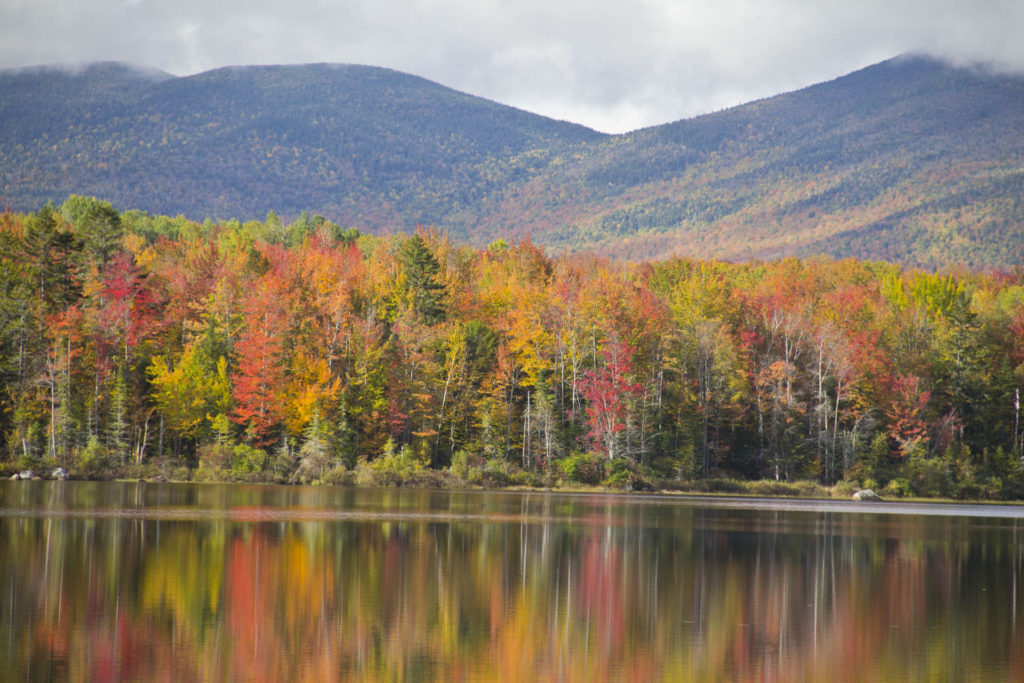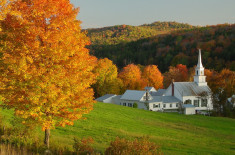
Explore over 300 member properties ranging from the smallest New England country inns to the most exclusive hotels and resorts, state by state.

Daylight hours shrink and temperatures drop, but before winter freezes the hills of New England, they come to life for a few weeks of painted glory, the beloved fall foliage season. The deep reds, bright yellows, and burnt oranges that give today’s towns a festive flair have been dazzling local residents since long before the first European settlers landed here in the 1600s. Though we have a modern scientific explanation for why leaves change color, some of us prefer to dive into the legends of New England’s first inhabitants. Unfortunately, written accounts of these legends are hard to come by — we’ve pieced together bits of tales told out loud over the years to record this version of one of our favorite Native American stories about autumn.
More Fall Getaways In New England
In ancient times, three young men, the bravest hunters in the world, set out with their dog to track a bear at the first snowfall. The bear had made crisp paw prints in the cold, fresh crystals, leaving a trail that the hunters could track with ease. Each print pushed deep into the snow and covered a wide area: this bear would be huge, a worthwhile catch. After months of following, the men began to lose confidence. The bear had led them across the globe, from the east where the sun rises to the west where it sets. All of the best hunting techniques had failed them, and eventually, they realized the bear was leading them away from their homeland, up into the sky. The hunters called out to each other and tried to turn back, but it was too late to return to the ground. All they had left then was the hunt, so they vowed to speed up and catch the bear. After days of straining and fatigue, never stopping to eat or sleep, the hunters were on the brink of collapse when they finally caught up and killed the bear. It had been almost a year; autumn was upon them again. They slew and cleaned the bear, laying it on a bed of oak and sumac branches. Its blood stained the leaves red, and this is why leaves of these trees turn red in the fall. The hunters scattered parts of the bear they couldn’t use toward different ends of the earth. The bear’s backbone formed a constellation to the north, its head to the east, both of which can be seen on the midnight horizon in the middle of winter. We love this Native American story because it brings humans a little closer to the wonders of the natural world. Another version also explains the Little Dipper from a Native American perspective: three of the stars in the cup represent the bear, while the four that form the handle are the hunters with their dog in tow. The constellation is visible year-round because the hunters are eternally chasing the bear. The next time you’re atop a mountain in New England or gazing at the stars, you can think back to this Native American story about autumn and remember that the bear and the hunters are keeping you company in the sky. If you need some help planning that autumn leaf-peeping trip, the hosts over 250 New England Inns and Resorts are ready to lend their local perspectives.
 Follow New England Foliage
Follow New England Foliage Weekend Away: Portsmouth, NH
Weekend Away: Portsmouth, NH